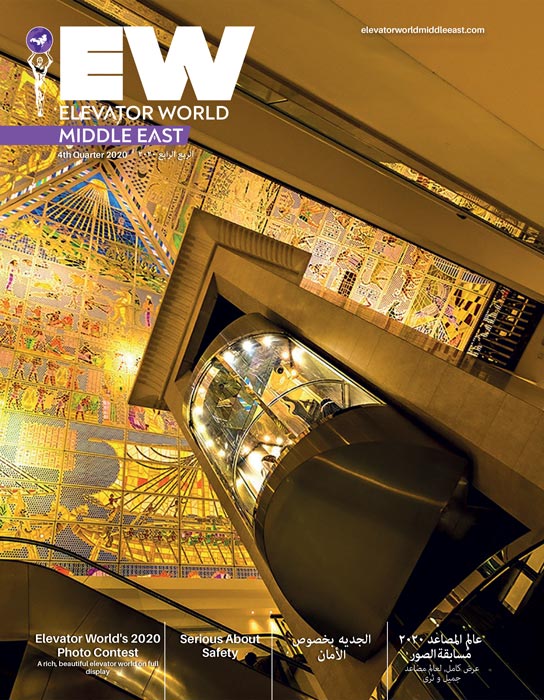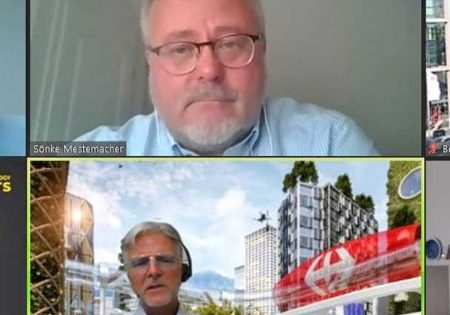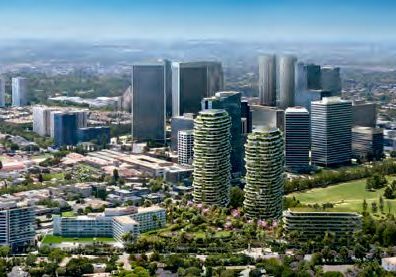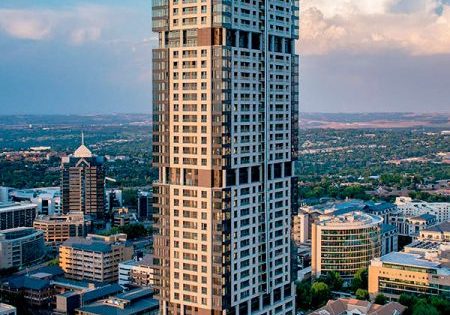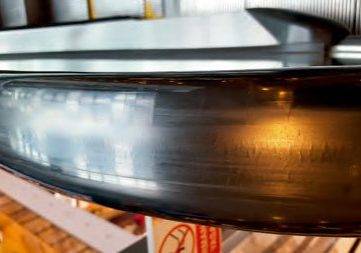Russia Rising
Sep 1, 2020
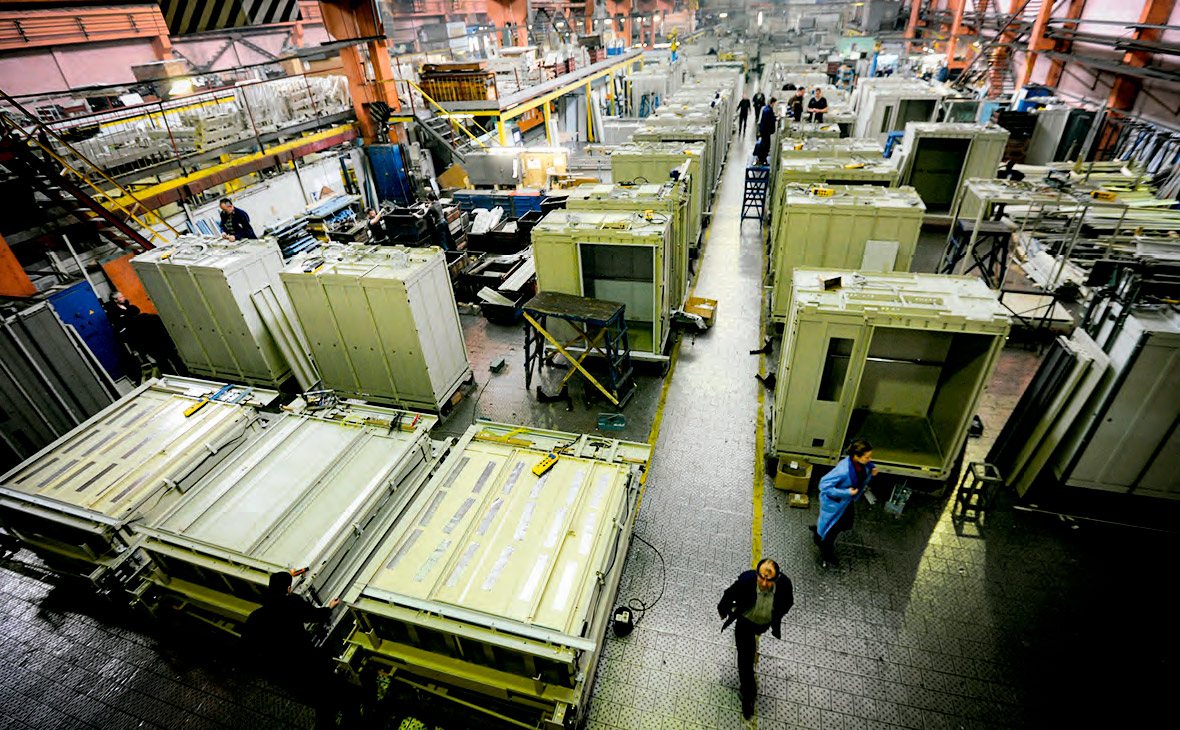
Domestic and international players ready to meet anticipated demand.
by Eugene Gerden
Russia’s federal government plans to build 120 million m2 of housing over the next five to seven years, while renovating existing housing stock.[1] This new construction and modernization includes elevators, and both domestic and international elevator industry players are gearing up to meet anticipated demand. Further, complete replacement of obsolete elevator stock in Russia by 2030 will require approximately 250,000 new units over the next 10 years, according to the Russian Ministry of Construction. This promises additional opportunities for both domestic and foreign manufacturers operating in the market, Russian Minister of Construction Vladimir Yakushev said through a spokesman.
Some leading domestic players have revealed plans set to unfold in the next several years. These include state-owned company Dom.RF, a subsidiary of VEB, one of Russia’s largest state development corporations. Dom.RF owns the JSC Shcherbinsky Elevator Plant (SEP), one of the largest elevator manufacturers in Russia. A modernization of SEP promises to increase annual capacity from 8,400 to 14,000 units.[1]
Dom.RF doesn’t plan to stop there. The company also aims to build a new plant and invest in and revitalize debt-ridden ones. Located in New Moscow, the planned 88,500-m2 new facility would include the highest elevator test tower in Russia at 135 m. Its annual production capacity would be up to 40,000 units.[3]
Earlier this year, Dom.RF acquired PJSC Karacharovsky Mechanical Plant, the second-largest elevator manufacturer in Russia, and Siblift Ltd. These have annual production capacities of 5,000 and 1,000 units and debt of RUB5.2 billion (US$72.3 million) and RUB2 billion (US$27.8 million), respectively. Also this year, Dom.RF was said to be considering buying Serpuhow Elevator Factory, which has an annual capacity of 4,000 units.[3]
Yakushev’s spokesman said the planned renovation of housing stock will be associated with massive replacement of outdated elevator equipment throughout the country and provide major opportunities for growth for both domestic and foreign elevator producers.
Eight years ago, Director of Otis Eastern Europe Group Vardan Avakyan described Russia’s elevator market as “very well developed,” growth toward which began in the 1950s under Soviet control. The country underwent a residential construction boom of prefabricated buildings of five or fewer stories to minimize the need for elevators. Under Premier Leonid Breszhnev in the 1960s, however, taller buildings that required elevators became dominant, and continue to contain the largest number of Moscow’s elevators.[4]
In an exclusive interview with ELEVATOR WORLD, Anton Moshkin, Dom.RF’s corporate affairs director, confirmed the company’s growth plans. “In accordance with the state order, DOM.RF is taking measures to develop elevator production in Russia,” Moshkin said. “This involves consolidation of domestic production capacities and stimulation of the demand for elevator equipment within the country.”
According to Moshkin, the Russian government recently approved a new direct-procurement system to stimulate domestic production. The system allows the purchase of elevators for state needs directly from manufacturers, sans the red tape. The government’s stance is that the introduction of such a system will contribute to increased transparency of the Russian elevator industry and speed replacement of elevators within the country’s housing stock.
Some, however, have criticized Dom.RF’s plans. Russian Elevator Association President Sergey Chernyshov said the moves would “exceed market demand and destroy investments of the last 10 years.” Director of the Chelyabinsk plant Vitchel Igor Ivanov said be believes the domestic elevator industry would be better served by producing high-tech components and supplying them to all domestic plants, which is not the case now.[3]
In addition to Dom.RF, other leading domestic elevator producers have plans for a massive renewal of their range and production capability. Among these are Serpukhov Elevator Plant, Euro Liftmash and Nizhegorodliftmash.
As the Russian government prioritizes fulfilling all national elevator needs, it is also setting its sights on exporting abroad. To raise the competitiveness of domestic elevators in foreign markets, there are plans for significant improvement in the quality of local products, paying particular attention to manufacturing low-noise elevators. According to local producers, such a shift will allow them to better compete with global OEMs operating in the Russian market, such as KONE and Schindler, and will contribute to a reduction in imports.
At present, the share of imported elevator equipment in the Russian market is roughly 30%, according to the Russian Ministry of Construction and Housing. The remainder consists of products from domestic manufacturers. The quality of these, however, has traditionally been significantly lower than that of imports from the big OEMs. Domestic manufacturers hope to change that in the near future.
Most global elevator companies operating in Russia consider the market ripe for further development and already have plans in the works. For example, Otis recently announced plans to expand its flagship Russian plant in St. Petersburg. Further development of the plant will allow the company to more actively participate in federal programs to replace outdated elevator stock.
Nader Antar, vice president and CEO of Otis, Eastern Europe and Central Asia, recently confirmed these plans in an interview with Russian business paper Vedomosti. Antar observed the Russian elevator market has a high level of obsolescence. According to him, construction norms in Russia limit the maximum lifecycle of elevator equipment to 25 years. In reality, however, replacement of such equipment is conducted with serious delays. Otis works in close cooperation with authorities to replace outdated elevator stock,
Antar added. Producing cabs, doors and controllers, Otis’ St. Petersburg facility has tripled its manufacturing capacity in the past decade, Otis tells EW. The team uses Lean manufacturing techniques to drive efficiency, significantly reducing delivery times, which are now about two weeks.
KONE also views Russia as an attractive market. KONE Russia Managing Director Jaakko Kaivonen said the OEM has been involved in the Russian market for the past 75 years, and has successfully supplied equipment to it in all market segments. KONE is represented in more than 40 cities across the country through its own offices and distributor networks.
The Russian Ministry of Construction and Housing observes that national elevator capacity is expected to grow from 48,000 to 60,000-65,000 units within the next two years. At present, according to the ministry, the annual rate of decommissioning of elevators in Russia is estimated at 10,000 units. However, as part of state plans, decommissioning is expected to accelerate.
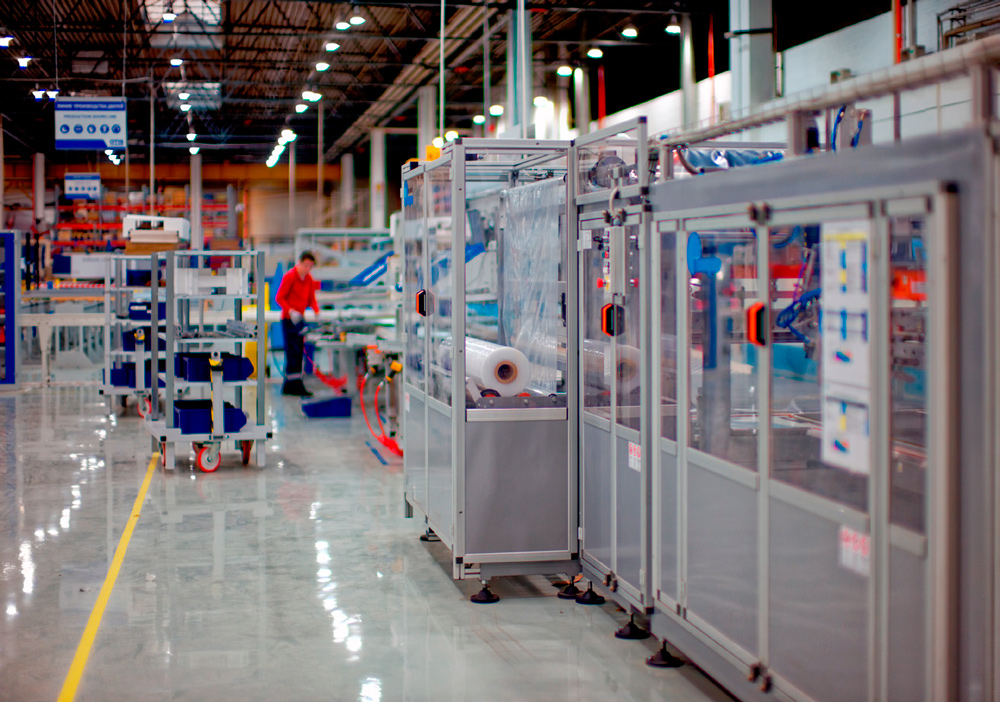
References
[1] 120-kvadratov-zhilya-v-god-provalivayutsya-na-glazakh novostroy.ru/
news/comments/eksperty-putinskie-plany-na-vvod-
[2] 1TV interview with Russian Minister of Construction and Housing
Vladimir Yakushev, May 15, 2020
[3] lift.vdnh.ru/en/news-en/102-mass-media-found-out-dom-rf-s-plans-to-
cover-demand-for-all-elevators-in-russia
[4] “The Elevator-Rescue Teams of Moscow,” Sally McGrane, The New
Yorker, November 30, 2012.
Get more of Elevator World. Sign up for our free e-newsletter.

